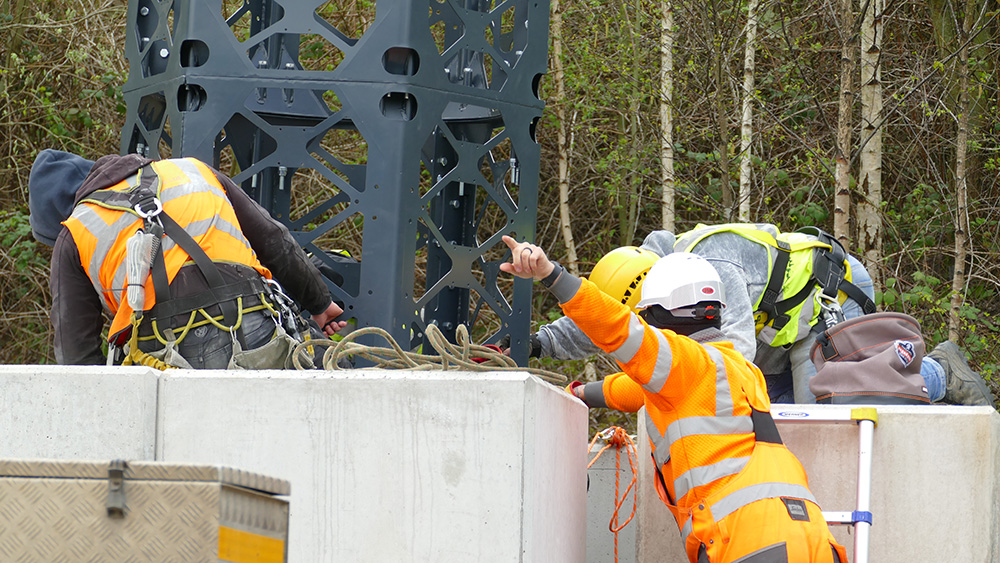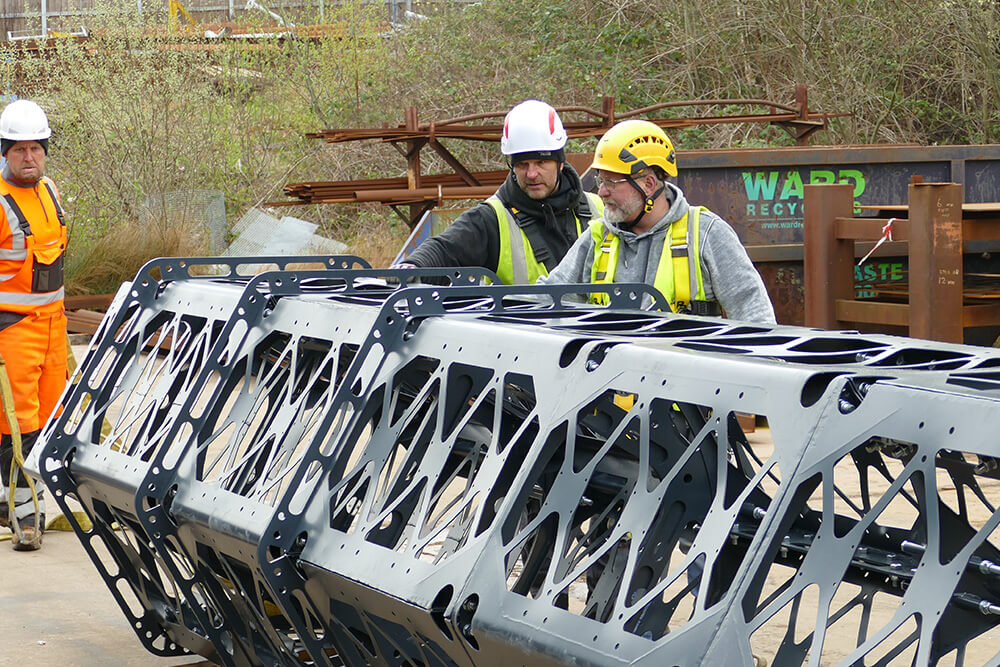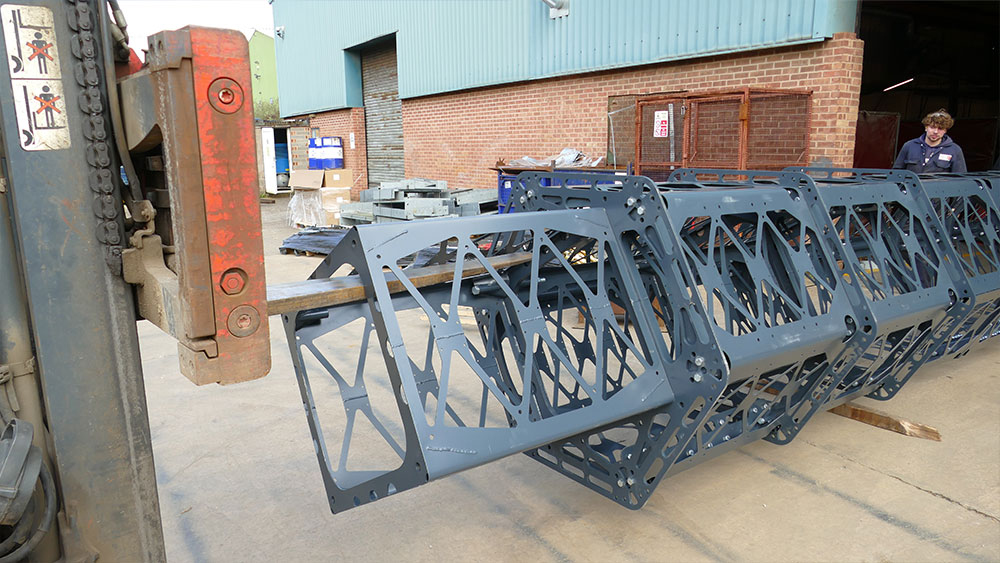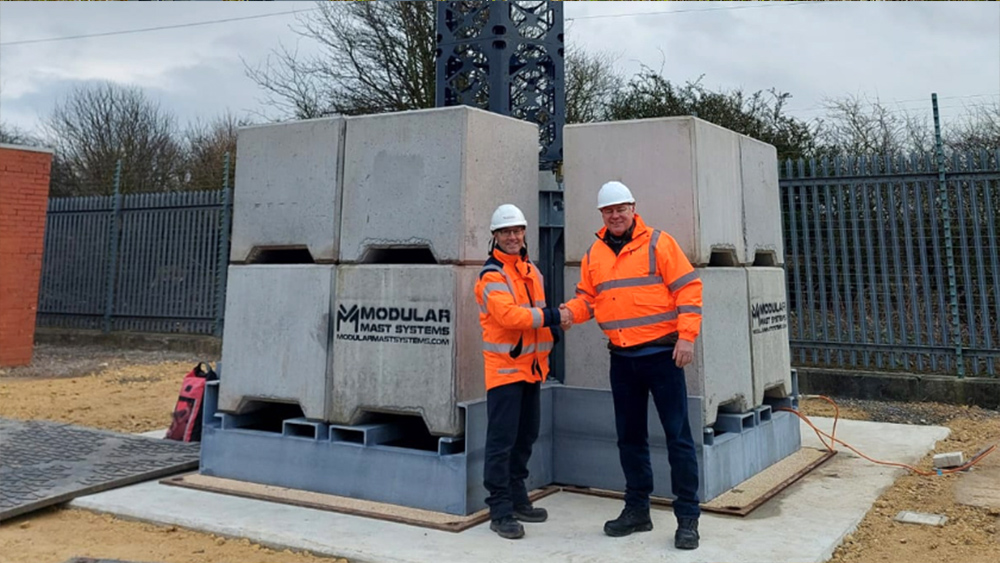In the realm of defence and military operations, communication is the backbone of strategy and success. From rapid deployments in challenging terrains to maintaining secure communications in combat zones, the military requires infrastructure that is not only robust but also versatile and efficient. Modular Mast Systems has emerged as a key asset in meeting these demands, providing adaptable, durable, and easily deployable solutions that enhance operational effectiveness.
The Need for Modular Solutions in Military Operations
Traditional fixed mast systems, while sturdy, often fail to meet the dynamic requirements of military missions. These missions are characterised by:
- Rapid Deployment: The need to establish communications infrastructure quickly in remote or hostile environments.
- Mobility: The ability to move infrastructure to different locations as missions evolve.
- Adaptability: Versatile solutions that can support various applications, such as surveillance, communications, or signal intelligence.
- Survivability: Structures that can withstand harsh conditions, including extreme weather, vibrations, and impacts.
We address all these requirements, offering lightweight, reconfigurable components that can be assembled, disassembled, and redeployed with ease.
Key Military Applications of Modular Mast Systems
Communications Infrastructure
- Modular masts are widely used to support antenna systems for tactical communications, ensuring seamless connectivity between command centres, vehicles, and personnel in the field.
- They can be customised to achieve the required height for line-of-sight communication in rugged terrains, where obstacles such as mountains or dense forests may hinder signal propagation.
Surveillance and Reconnaissance
- These systems are ideal for mounting surveillance cameras, thermal imaging devices, and radar systems, providing elevated vantage points for monitoring activity over wide areas.
- Their rapid deployment capability makes them invaluable for reconnaissance missions in remote locations, enabling real-time intelligence gathering.
Electronic Warfare (EW) and Signal Intelligence (SIGINT)
- Modular mast systems are used to host EW and SIGINT equipment for intercepting and jamming enemy communications, as well as for detecting and analysing electronic signals.
- The flexibility to deploy in diverse environments ensures operational efficiency in both offensive and defensive strategies.
- Modular masts can support security equipment such as CCTV cameras, motion sensors, and lighting systems to monitor and protect military bases or temporary encampments.
- Their ability to be repositioned or adjusted as threats evolve makes them a dynamic asset for base security.
- With the increasing use of unmanned aerial systems (UAS), modular masts can serve as drone launch stations or as platforms for UAS communications and tracking systems.
Disaster Response and Humanitarian Missions
- During disaster relief missions, where military units often play a critical role, modular mast systems can be deployed to establish emergency communications, support search and rescue operations, and facilitate coordination between military and civilian organisations.
Advantages of Modular Mast Systems in Military Use
Portability and Ease of Deployment
Modular masts are lightweight and compact, making them easy to transport via land, air, or sea. Their quick assembly and disassembly reduce setup times, allowing forces to establish operational capabilities rapidly.
Durability and Reliability
Built from high-strength materials, modular mast systems can withstand extreme conditions, including high winds, intense vibrations, and physical impacts. This durability ensures reliable performance in harsh and unpredictable environments.
Customisability
These systems can be tailored to specific operational requirements, from height adjustments to payload capacity, enabling them to support a wide range of military equipment and applications.
Minimal Groundwork Requirements
Modular systems often require little to no groundwork, which is critical in situations where time or terrain constraints make traditional installations impractical.
Scalability
Components can be added or removed to adjust the height and capabilities of the mast, providing flexibility for both short-term missions and longer-term deployments.
Modular Mast Systems in Action: Real-World Scenarios
Mobile Command Centres
Modular masts are deployed alongside mobile command vehicles to establish communication links and provide situational awareness in real-time. These setups are critical during fast-paced operations.
Remote Border Surveillance
Military units use modular mast systems to monitor remote border areas, where permanent infrastructure is either unavailable or impractical due to terrain or geopolitical challenges.
Combat Zones
In active combat zones, modular masts provide a secure and stable platform for communications, ensuring uninterrupted connectivity even in the most challenging environments.
Training Exercises
Modular systems are often used during military training exercises to simulate real-world conditions, supporting communications and surveillance setups that mimic field operations.
The Future of Modular Masts in Defence
As military operations become increasingly technology-driven, modular mast systems will continue to evolve. Innovations in materials, such as high-strength composites and carbon fibre, are making these systems lighter and more durable. Additionally, the integration of IoT-enabled sensors and AI-powered systems will enhance their capabilities for real-time data collection and analysis.
Sustainability is also becoming a focus, with designs incorporating energy-efficient features such as solar panels and recyclable components to reduce their environmental footprint. These advancements ensure that modular mast systems remain a vital asset in the modern military toolkit.
Choose Modular Mast Systems
We have redefined military infrastructure, offering a versatile, reliable, and efficient solution for a wide range of applications. From enhancing communications to supporting surveillance and defence systems, their adaptability and portability make them indispensable in today’s fast-paced and unpredictable operational environments. As the demands on military technology continue to grow, we are set to play an even greater role in shaping the future of defence infrastructure.




